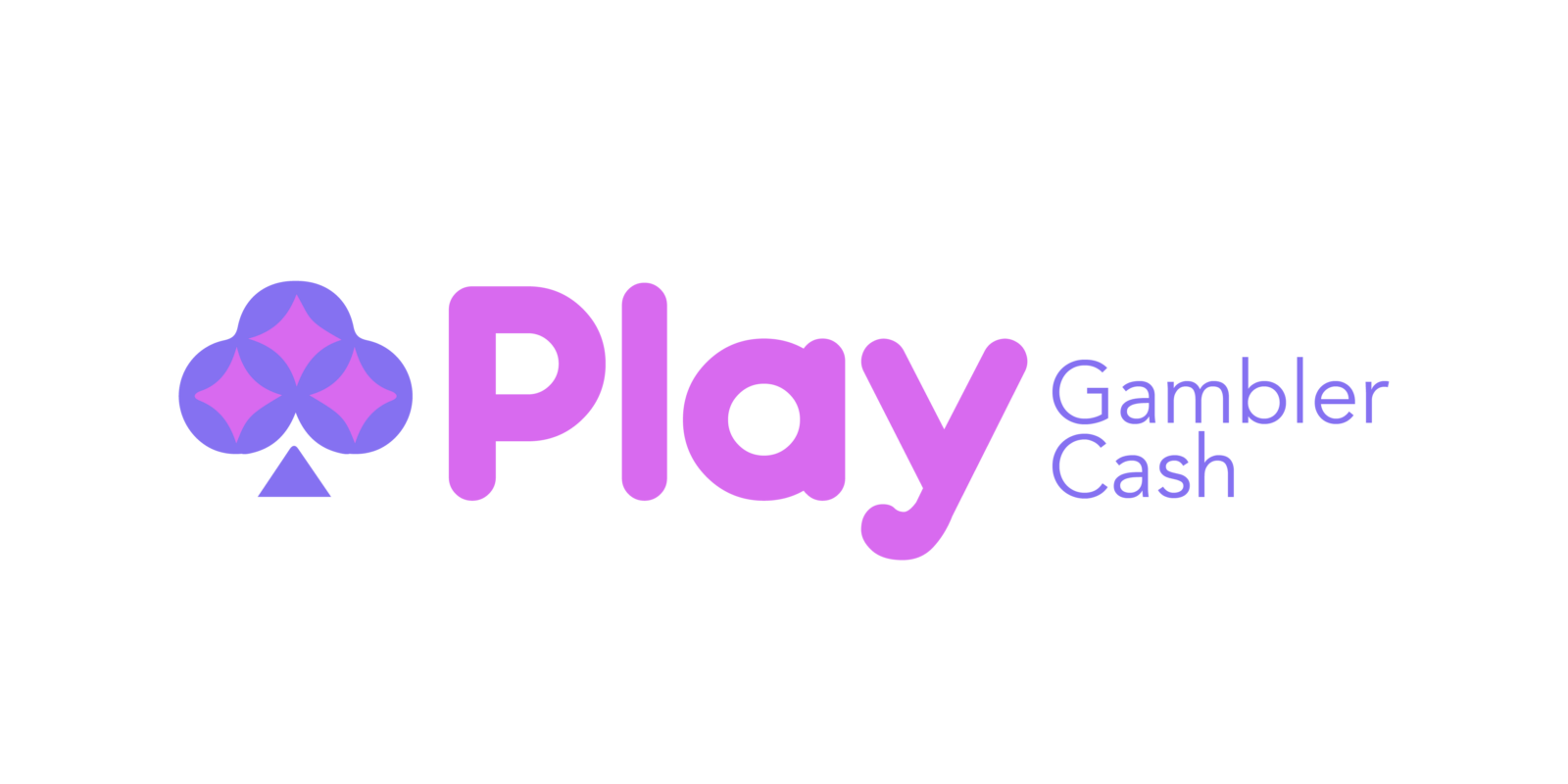Content Creation Process
A content creation framework should be adaptable, focusing on engagement and value while optimizing for both search engines and readers. Here’s how to craft an awardwinning article with a mix of Spartan efficiency and casual flair:
Research and Planning
To start, conduct indepth topic research to understand audience interests and current trends. Utilize tools like Google Trends, SEMrush, and BuzzSumo to identify popular topics and keywords. Define your target audience personas, outlining their needs and preferences.
Writing and Structuring
When creating content, remember that a content creation framework should be versatile. Start with a compelling headline to grab attention and ensure it’s optimized for SEO. Organize your article logically with clear headings and subheadings. Use bullet points and lists for easy readability.
Tone and Style
Maintain a balance between a Spartan writing style and a casual tone. Ensure your content is informative and engaging while maintaining a professional touch. Speak directly to the reader, using “you” to create a sense of connection. Inject personality into your writing to make it relatable.
Visuals and Multimedia
Enhance your article with visuals such as images, infographics, or videos to break up text and engage readers visually. Remember that a content creation framework should be visually appealing and enhance the overall user experience. Include alt text for images to improve accessibility and SEO.
Editing and Optimization
Proofread your article for grammar, spelling, and factual accuracy. Check for sentence structure and flow to ensure readability. Optimize your content for relevant keywords and meta descriptions. Use tools like Grammarly and Hemingway Editor for enhancing clarity and coherence.
Promotion and Distribution
After publishing your article, promote it across various channels such as social media, email newsletters, and forums. Collaborate with influencers or industry partners for increased visibility. Monitor performance metrics using tools like Google Analytics to refine your content strategy.
Engaging with Feedback
Lastly, engage with your audience’s feedback and comments. Respond promptly to questions and comments to build a loyal community around your content. Incorporate suggestions and criticisms to improve future articles. Remember, a content creation framework should be dynamic and responsive to audience needs.
By following this comprehensive content creation framework, you can create impactful and awardwinning articles that resonate with your audience. Embrace the balance between Spartan efficiency and casual flair to craft compelling content that stands out in a crowded digital landscape.


 _____
Jennyca Delvecchionn – Founder & Visionary Strategist
Jennyca Delvecchionn is the brilliant mind behind Play Gambler Cash. With a deep understanding of betting strategies and a passion for empowering gamblers, she has built a platform that delivers cutting-edge insights and tools. Jennyca’s mission is to help players navigate the digital betting era with confidence, blending innovation with responsible gambling practices.
_____
Jennyca Delvecchionn – Founder & Visionary Strategist
Jennyca Delvecchionn is the brilliant mind behind Play Gambler Cash. With a deep understanding of betting strategies and a passion for empowering gamblers, she has built a platform that delivers cutting-edge insights and tools. Jennyca’s mission is to help players navigate the digital betting era with confidence, blending innovation with responsible gambling practices.